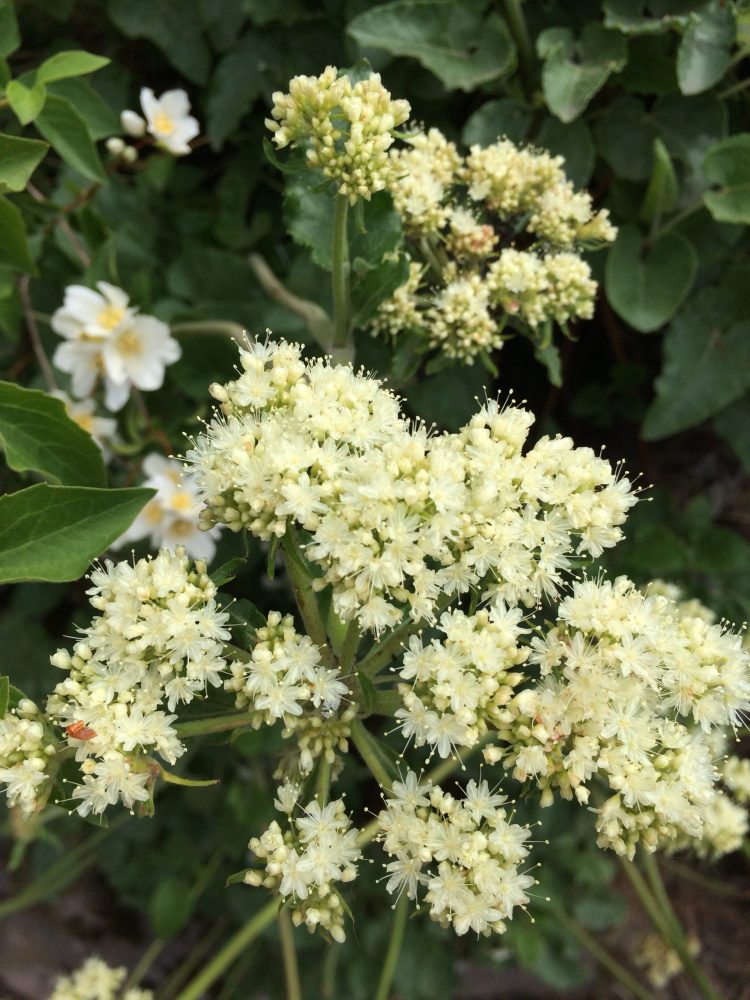
Beacon Rock, Washington
Beacon Rock is a monolithic structure on the Washington side of the Columbia River, the park that surrounds it takes its name from the structure and provides the usual amenities like bathrooms, fresh water and camping.
The rock itself provides areas for technical rock climbing for the extreme visitors, and hiking for the rest of us mere mortals. From the parking lot it looks as though it would be extremely challenging to hike and I was all geared up to huff and puff my way up the hill. But it turns out to be a pretty casual incline due to all the switch backs and the path is fairly even. Hand rails are provided the entire time for those prone to tripping, swooning or leaning out over edges to take pictures. You could in all likely hood take on the hill with what ever you happen to be wearing that day, it is not long and the view is well worth the climb.
Beacon Rock was named by Lewis and Clark originally as Beaten Rock, allegedly due to the water marks made on the stone by the Columbia River which was much less tame in those years. It was named and renamed but then finally went back to Beacon Rock officially in 1915.
It was nearly destroyed by the state and it took a man named Henry Biddle 20 years to convince the state of Washington to turn the area into a state park, finally convincing the government after he offered it up to Oregon. They finally accepted at the threat of losing some of their riverfront to the neighboring state. You can thank Henry not only for having the foresight to save the area for public recreation but also for building the trail and picnic areas that stand today.
